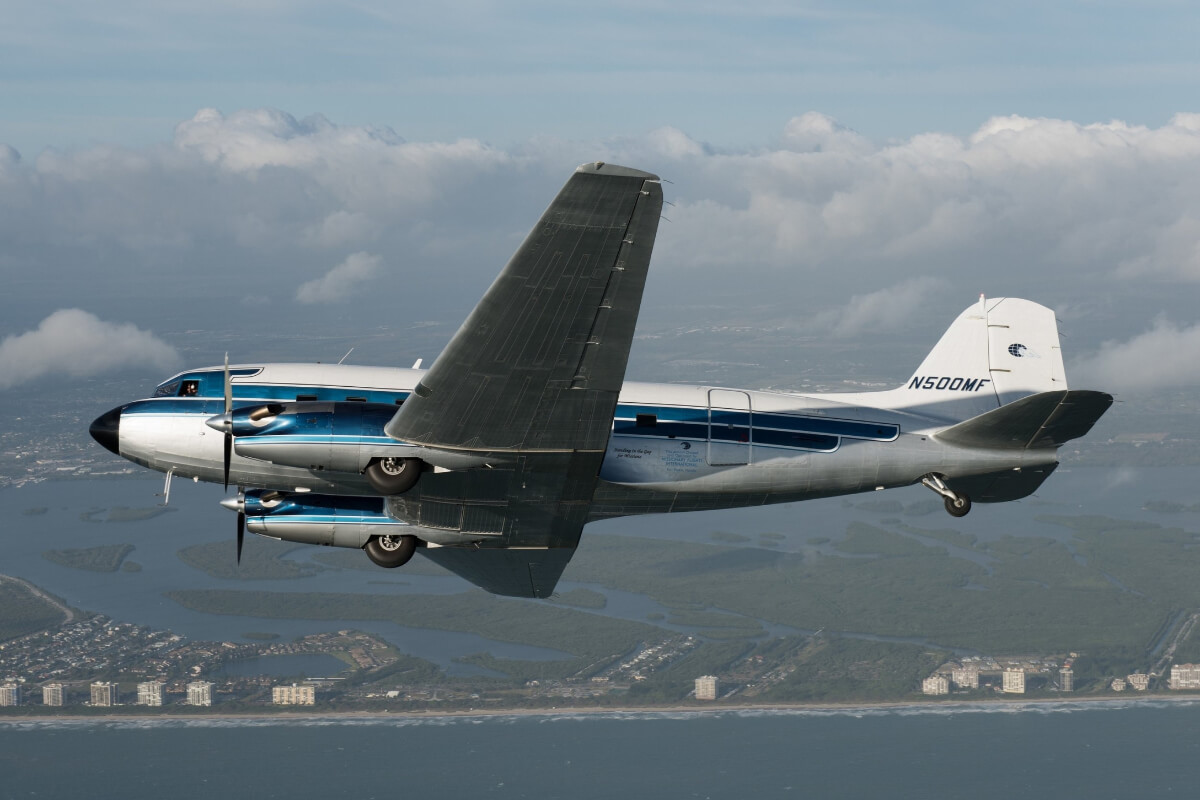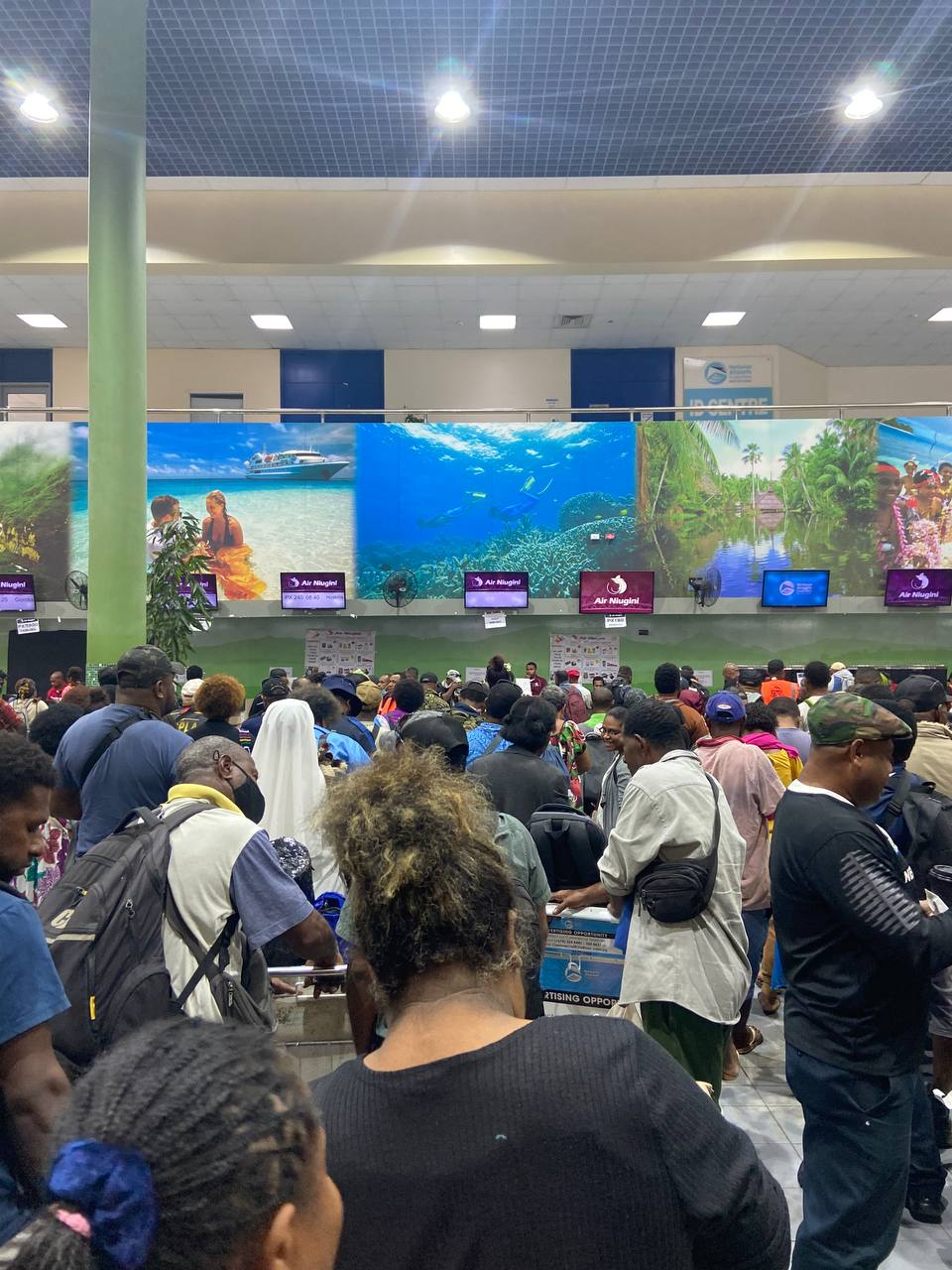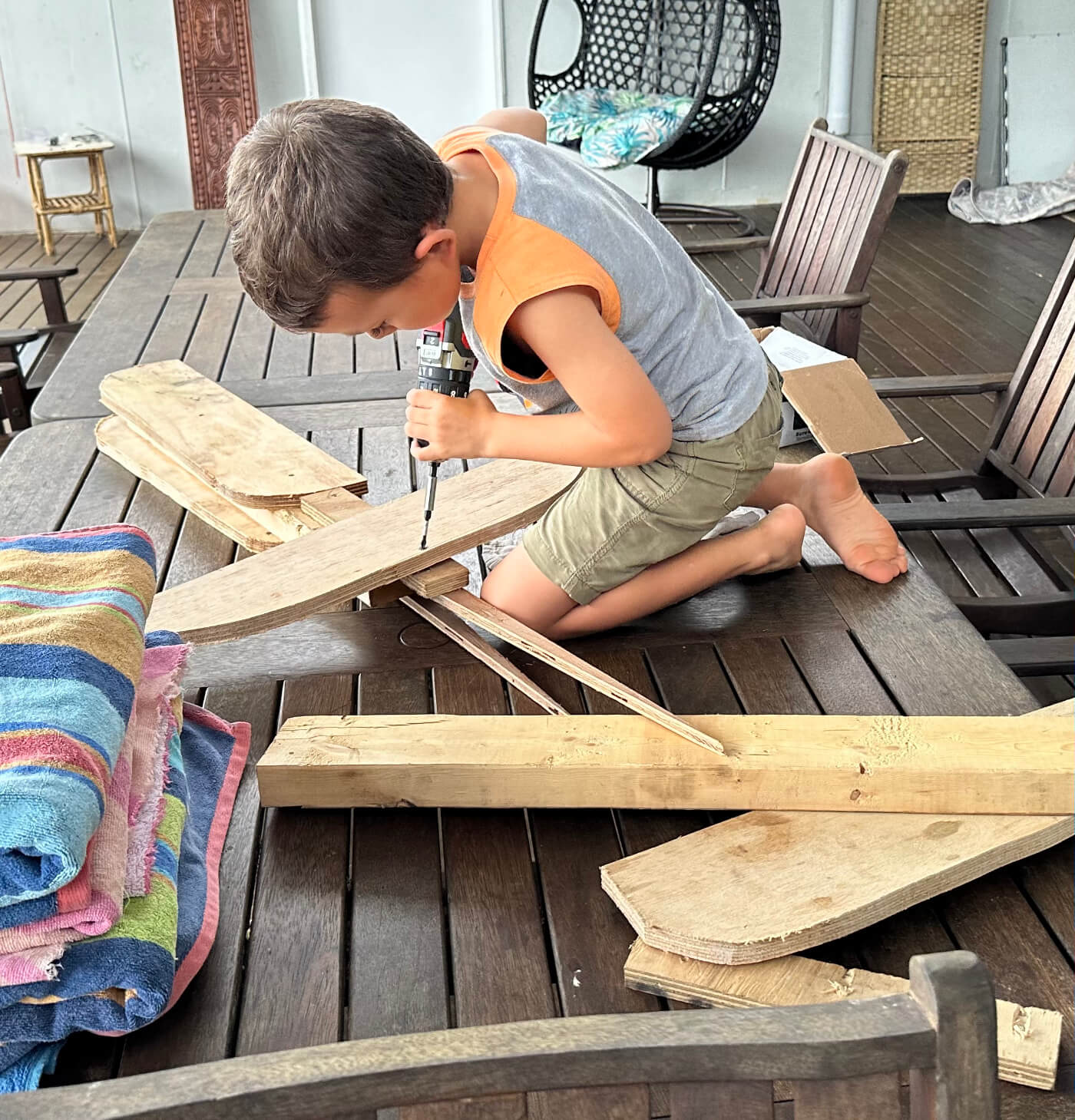One of the coolest airplanes around, arguably, is the Piper PA-14 (a descendant of the Piper Cub) because Nate Saint flew one. But after that is the DC-3. Introduced in 1935 as the DST (Douglas Sleeper Cruiser), the platform quickly pioneered air travel because it could travel further and faster than other airliners at the time. Later it was also produced specifically for military applications during World War II primarily under the designation C-47. It’s still used in many niche applications today even though production stopped in 1945. If you watch “Ice Pilots” on Netflix, you can see them flying a DC-3 and other WWII era piston powered large aircraft in the Northwest Territories of Canada.

The DC-3 is at home working with improvised, shorter airstrips and is known for it’s reliability and durability which makes it at home on the mission field. There still aren’t any planes that can compete with a DC-3s operation costs and flight capabilities. Many DC-3s in service today have been retrofitted with turboprop engines such as variations of Pratt & Whitney’s PT-6 which gives them even better performance and efficiency.
Mission Flights International, based in Fort Pierce, Florida, operates two turboprop retrofitted DC-3s (with another one waiting to be put into service). In fact, one of MMS Aviation’s first large projects in the 1980s was changing an MFI piston powered DC-3 from a passenger to a cargo configuration. Now, several decades later, MMS Aviation continues to perform maintenance events on DC-3s from MFI (most recently N500MF.)
MFI serves 450 missions in Haiti, Dominican Republic, and the Bahamas. They transport around 300 tons of cargo and 4,000 mission workers each year. One way they serve missions is that they act a buying agent in the United States. This means that when a mission in Haiti, for example, needs a car part they place that order with MFI. MFI then purchases the part in the U.S. and transports it to the mission in Haiti since car parts are largely unavailable there and the postal service is extremely unreliable.
Of course, an airplane that was built in the 1940’s needs some maintenance from time to time. Along with maintenance comes advances in technology and design. When that happens, companies will design modifications to popular aircraft (such as the DC-3) which will improve efficiency, performance, cargo space, etc. When an aftermarket company completes a modification template they will file that template with the FAA. After a very expensive testing and certification phase, the FAA will issue what they call a “Supplemental Type Certificate” (STC) which is almost like a patent. Then that modification becomes available to the market for a fee that covers the cost of research and development (plus some profit, if all goes as planned).
An STC has be installed by qualified mechanics or an FAA certified repair station. Since Preferred Airparts in Kidron, OH is the owner of the STC used in this instance (it owns the rights to the modification designs), they also installed the STC. However, MMS Aviation supplied considerable help during the process that significantly reduced the labor charge to MFI. Thanks to this partnership, N500MF has been back in service for several weeks! This is the purpose of MMS Aviation; they prepare people and planes for worldwide missionary service. In fact, in 2017 MMS Aviation saved missionary aviation organizations $1.5 million in labor charges!


My family and I want to get involved in these amazing stories of man and machine fulfilling God’s purposes. Not only will we be saving missionary aviation organizations substantial amounts of money while we’re serving at MMS Aviation, I’ll also be receiving the training required to be a lifelong missionary mechanic and pilot. The mechanical apprenticeship at MMS Aviation will take 2.5 years to complete and will give me enough hands on experience to graduate with my A&P (Airframe & Powerplant) certification. An A&P certification is a requirement to serve as a mechanic (and often as a pilot) on the mission field.
Our heart’s cry is to help reach the isolated and unreached with the Gospel using missionary aviation but before we move to Ohio and begin our apprenticeship at MMS Aviation, we have to raise 100% of our monthly support quota. We’re 25% of the way there (as of 12/9/18).
Author’s note: I would be lying if I said I got all these facts straight without some technical guidance from Dwight Jarboe, President Emeritus, aircraft mechanic, and former CEO of MMS Aviation. Thanks Dwight!
With Gratitude,
Josh





Leave a Reply